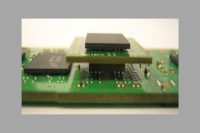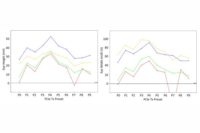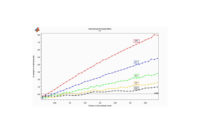Signal Integrity
How to Optimize Probing and Signal Access for DDR5 System Validation
DDR5 Electrical and Timing Measurement Techniques
Read More
Noise in Traffic: Signal Emulation for Automotive Apps
DesignCon 2023 Best Paper Award Winner
Read More
Finite Element Modeling of Copper Foil Loss From AFM Measurements
DesignCon 2023 Best Paper Award Winner
Read More
Rigorous Correlation Methodology for PCIe Gen5 & Gen6 DSP Based IBIS-AMI Models
DesignCon 2023 Best Paper Award Winner
Read More

.jpg?height=200&t=1702404263&width=200)








